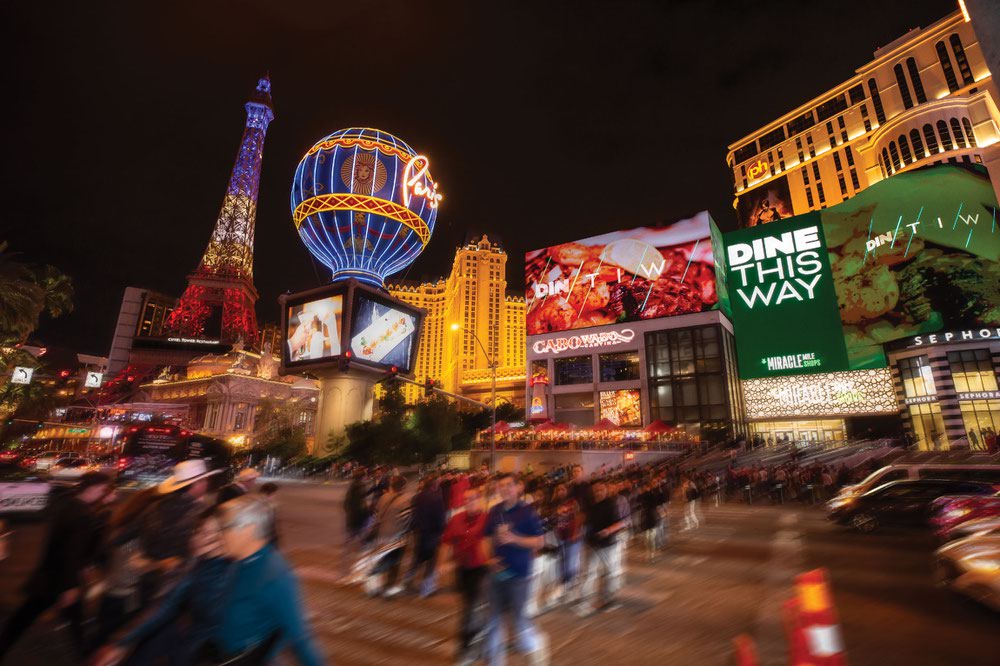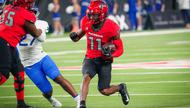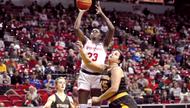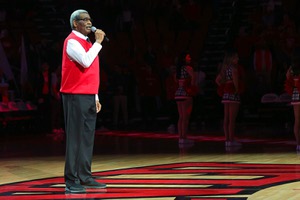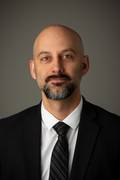What determines success for Las Vegas events? Super Bowl 58, held at Allegiant Stadium on February 11, achieved all sorts of superlatives, including an estimated 330,000 people visiting for the weekend and an estimated net spending impact between $500 million and $800 million. Gamblers in Nevada wagered a record $185.6 million on the game, up 21% from the previous year, and Harry Reid International Airport screened on all-time single-day record of 104,000 passengers the Monday after the game. And Las Vegas’ first Super Bowl was the most watched TV program of all time, averaging 123.4 million viewers across all platforms and elevating the tourist destination’s already impressive global awareness.
But figures and estimates as well as the actual, logistical experience of such an event could only ever be the second-greatest measure of success. Safety always comes first, and while Las Vegas arguably has always prioritized it so, the community’s key shareholders are taking innovative steps to raise those high standards.
“Safety is the utmost priority for any tourist destination, including Las Vegas. Whether you’re the Super Bowl or Formula 1, a concert promoter, or coming as a tourist, you want to know the community is doing everything it can to put on safe and secure events,” says Robert Ulmer, dean of the UNLV Greenspun College of Urban Affairs. “People generally understand we are living in an uncertain, unpredictable world, but what are you doing to ensure that safety, and what are you doing to learn from those events?”
What UNLV is doing, in partnership with authorities, municipalities and community stakeholders, is diving deep into research on Las Vegas tourism, new special events like the Super Bowl and the Formula 1 Las Vegas Grand Prix, and collaborating to produce solutions and policies that will keep the city’s key industry secure in the future. The College of Urban Affairs launched the first-of-its-kind Tourist Safety Institute in September, drawing upon the university’s research expertise in crime science, trauma care, crisis communication, conflict resolution, crowd management and many other areas of study.
The institute is already conducting research projects with plans to create accessible digital reports, case studies, podcasts and more, essential information that will benefit Las Vegas Strip resorts and casinos, event venues, Clark County, the Las Vegas Metropolitan Police Department and other agencies.
Safety on the Strip goes beyond tourism-related criminal activity. Ulmer says there are studies at the micro level that focus on criminology of specific events, while other projects take into account communication and government coordination, transportation, public policy and criminal justice, health and wellness and environmental impact. The goal is to make Las Vegas the same kind of leader in safety as it is known in tourism, and to build resilience to various challenges before they arrive.
As the institute continues work on its initial projects, the Weekly conducted a thorough check-in with Ulmer to explore its capabilities and potential.
Was the Tourist Safety Institute already in development prior to the October 1 shooting in 2017?
Yeah, we had been working on this for six or seven years, building partnerships and collaborations and just talking to all the different partners about why this is an important initiative. This is the first of its kind worldwide, an institute like this that’s designed to build resilience in a community, and for the community to be able to address challenges in advance through collaboration and coordination. And then as we have more events, and I think we do events better than anyone in the world, it’s about what can we do to make them better and to share that process with the world.
One of the institute’s areas of focus is described as “addressing tourist vulnerabilities.” What does that mean?
One of the things we’re looking at is opioid overdoses. If you look at the Strip, or really anywhere, we are looking at Narcan training and GIS [geographic information system] mapping of where these overdoses are happening, then doing specific training in those areas to help protect people that may be impacted. What we want is to look at these [tourist] areas where we understand there is some disorder—the work that’s been done with [Strip] overpass ordinances is another area—and ensure people understand where they’re going and what they’re getting into. We’ve been engaged in these activities … so we can help more people and support tourists should they experience something while they’re here, and that’s something not a lot of communities can say they’re doing. It goes beyond crowd management and emergency medical services, but those are things you can continue to build upon and better support people when they come here.
How does transportation play into safety? Wouldn’t more and better ways to move people around be an incredible tool for safety and efficiency in Las Vegas?
Definitely. When you have new major events, you have to think about increased traffic volume, logistical operations, delays in emergency response time and how do you get emergency vehicles around. Again, Las Vegas does this better than anyone. You think about F1 and how hotel property employees had challenges getting to work, commuting, parking and arriving on time. We are working with the College of Engineering on this and collaborating and working with our partners to figure out how we can handle this most effectively. When there’s this influx of people [for events] and it’s awesome that it helps the economy, but at the same time there are increased challenges we need to address as a community, and that’s where the institute again can really help, especially in thinking about the wide variety of different impacts on transportation around tourist destinations.
Clark County, the LVMPD and other local agencies must be excited to learn from the research from the institute. Have casino companies and other businesses been equally eager to partner?
Yes, everybody has been really positive and engaged and wants to be part of it, on all sides. And people want to share what they have learned. I think we have a community that aspires to be at the highest level in terms of collaboration and engagement, and resilience is part of the DNA of the state of Nevada. And it’s a really exciting time for Las Vegas and Nevada. We continue to do amazing things that the world watches, and I think we’re showing as a state and a community that we’re progressive and we want to address challenges before they happen. We’ll continue to put on the most exciting, fun, innovative events, and we’ll continue to extend our lead when it comes safety and security around those events. The world wants to come here because they know they can have absolutely the best experiences.
Click HERE to subscribe for free to the Weekly Fix, the digital edition of Las Vegas Weekly! Stay up to date with the latest on Las Vegas concerts, shows, restaurants, bars and more, sent directly to your inbox!
